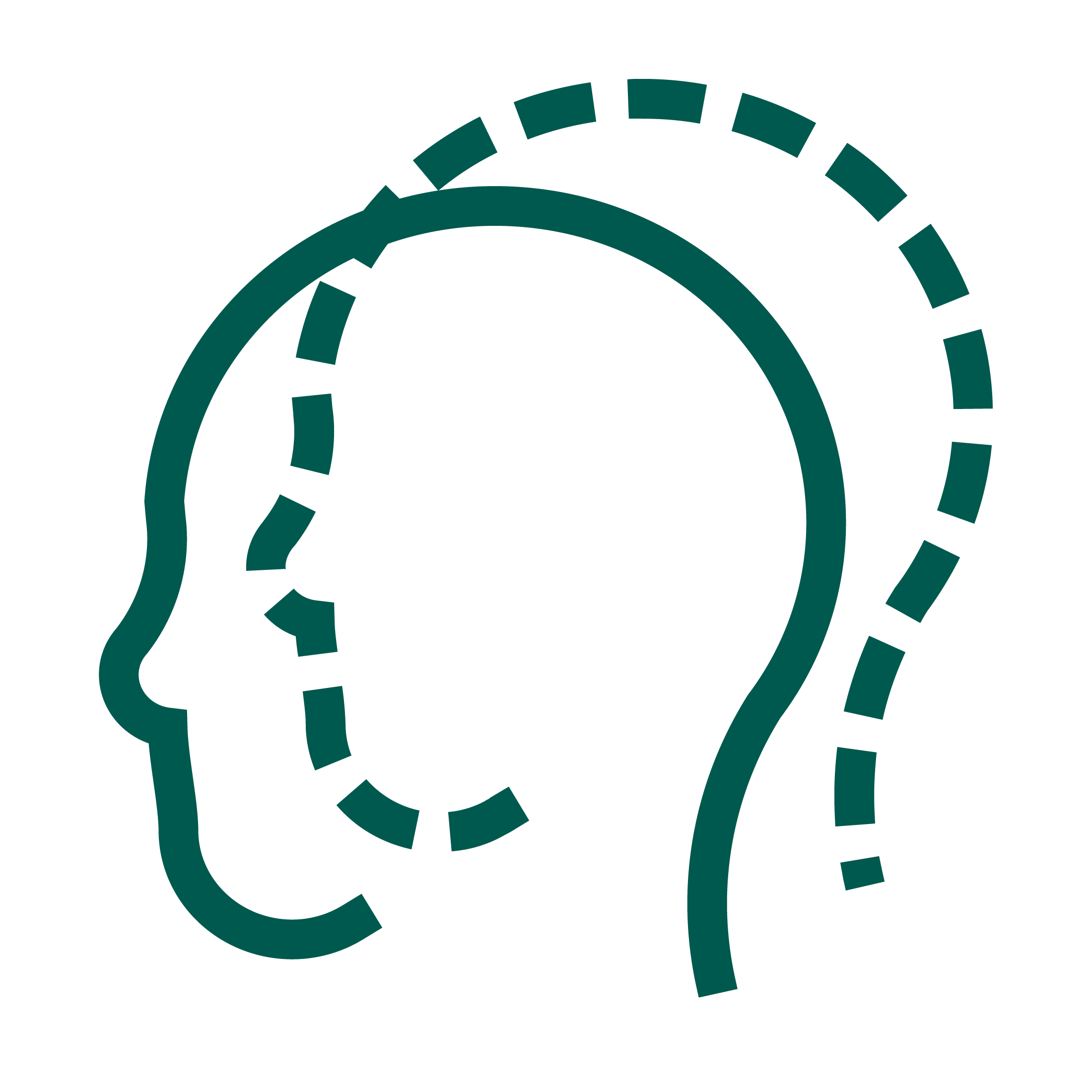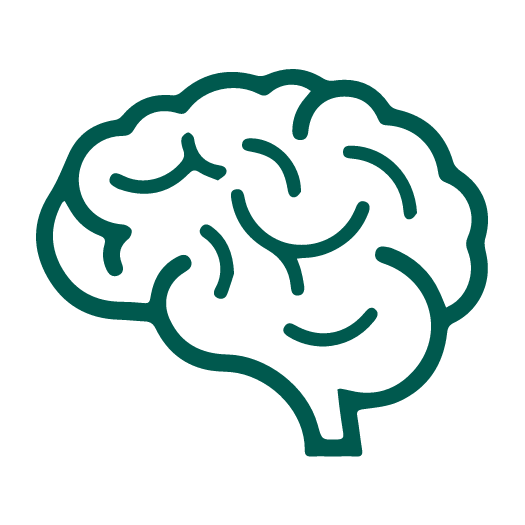Saprea Support Groups > Group Materials >Neuroplasticity and Healing
Group Activity
Planning Ahead
Planning ahead can be an effective tool in making your healing a priority. When you write down even one reminder of what you’d like to focus on today, tomorrow, or the rest of the week, you’re not just creating a plan, you’re strengthening the communication between the lower and higher parts of your brain.
Making conscious choices, such as planning, tracking, and following through, strengthens the frontal lobe (the area in the cortex that helps you to think critically, analyze situations, and problem solve). This added strength can positively impact your limbic system and your body because it helps to build new connections in your brain (or neural pathways). Over time and with consistent care, these neural pathways will get stronger, and you’ll feel more empowered to act on the plans, goals, and dreams you have.
Activity steps
Part 1—Planning
01
- What is one thing I want to focus on this week to progress on my healing journey? What can I do to achieve that?
- What is one thing I’m looking forward to this week?
- What is one new experience I would like to have this week?
- What might I struggle with this week, and how can I plan ahead so I can manage it in a helpful way?
- Who can I reach out to for support?
02
Part 2—Reflecting
03
- What is something I enjoyed doing this week?
- On a scale of 1–10 (1 = This week was challenging, 10 = This week was great) how was this week? What could I do next week to move my number just one degree higher?
- How did my body feel this week?
- What relationships did I strengthen this week?
- How did I sleep?
- What was my best moment from this week?
Grounding Exercise
Mindful Movement
Mindful movement can help you feel reconnected with your body and ground you to the present moment. It can even help you to move through certain thoughts and emotions that you may feel stuck in. During this activity, as we gently engage with our bodies, be mindful of the sensations you experience. Try to observe those sensations with curiosity and without judgment.
So let's begin.
Activity Steps
- Stand up or remain seated if that feels right for you.
- Now stretch out your left arm and wiggle your fingers.
- Stop wiggling your fingers and make a few circles with your wrist.
- Next, swing your left arm forward and backward at the shoulder.
- Now let’s focus on the right side. Stretch out your right arm and wiggle your fingers.
- Stop wiggling your fingers and make a few circles with your wrist.
- And finally, swing your arm forward and backward at the shoulder.
- Now put your hands on your hips and stretch your whole upper body to the left.
- Then stretch your whole upper body to the right.
- Now reach your hands up over your head and stretch for a few seconds.
- Roll your shoulders forward in circles a couple of times.
- Reverse directions and roll your shoulders back in circles a couple of times.
- Drop your neck forward to make clockwise circles a couple of times.
- Reverse directions and make a couple of circles.
- And finally, shake out every part of your body—your hands, your arms, your feet, your legs, and your head.
- Once you finish, give yourself a moment to notice the thoughts, emotions, and physical sensations you are experiencing.
Video Option
Watch this video and follow along as Saria guides you through a mindful movement activity.
Hosting Your Meetings Off-Line? Download All of the Materials You Need Here:
Additional Resources
Done With This Topic? Jump to the Next.


Practicing Mindfulness


